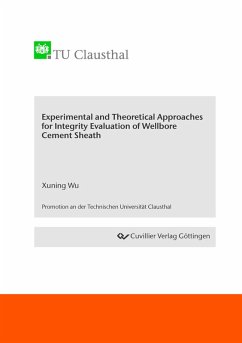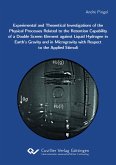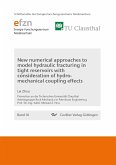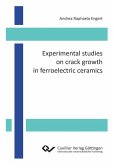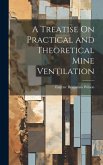Located in the annulus space between the casing and the formation, the cement sheath supports the casing and isolates formation fluids. However, as exploration and development extend to deeper reservoirs, cement sheaths are increasingly exposed to challenging construction conditions. The inability of the cement sheath to withstand fluctuating underground temperatures and pressures can lead to interlayer isolation failure, posing significant safety risks to wells. accurately predicting and evaluating cement sheath interlayer isolation under wellbore conditions, assessing its impact, and proposing enhancement strategies are crucial. This thesis addresses the engineering challenge of cement sheath interlayer isolation by conducting experimental and theoretical investigations into the mechanical properties, integrity, and interface sealing of wellbore cement sheaths, thereby establishing a method for evaluating cement sheath integrity. In summary, this study aims to evaluate and predict the sealing capacity of the cement sheath under wellbore temperature and pressure conditions by developing both laboratory and theoretical methods for evaluating cement sheath sealing integrity. The research findings not only advance the theoretical framework for cement sheath interface sealing integrity but also provide practical guidance for designing cement sheaths to ensure the long-term safe and efficient exploitation of wells, thereby holding significant theoretical and engineering implications.
Bitte wählen Sie Ihr Anliegen aus.
Rechnungen
Retourenschein anfordern
Bestellstatus
Storno

